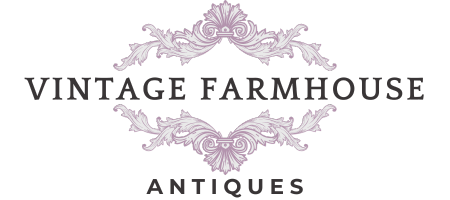Geo-Political upheaval during the late 1700's lead to import taxes of over 100% on Chinese produced porcelains, fueling the expansion of the English potteries keen to copy these popular designs and meet the growing domestic demand.
The chinese style of decoration is now often generally refered to as imari, but this generalisation does little justice to these early, highly styalised designs.
This is pattern 1749, we only know this from decorators marks, applied by hand on a very few pieces in the set. At first glance it could easily be mistaken for Ironstone china, but this is translucent bone china and it was very likely produced in the 1820's.
Much of this very early china was produced without factory markings of any sort, making it very difficult to attribute to a factory or manufacturer. Some clues can be found in the glaze and pigments, also the shapes, but it is fair to say while it is impossible to be sure, there were only a handful of factories capable of producing this type of bone china in this period and this is likely to be Davenport.
Pattern 1749 is a cobalt blue and orange umber design, highly embellished with heavy gilt, all hand applied. There are elements of Bang Up, Amherst Japan, Chinese Japan and Chinese Basket, familiar patterns of the time, but most factories produced their own variations and this is one such example.
Extensive image searches and specialist archive site searches have failed to identify any other pieces of this pattern ever having been recorded or sold, that's not to say these pieces are unique, but they are rare, and what makes them especially rare is their condition after nearly 200 years.



2 comments
I have some of this exact set handed down from my great grandmother.
One large sandwich plate
Six saucers five cups( one obv must have broken at some time)
Six small plates (one with chip on edge)
Interested in selling at the right price or in an auction so please would you be able to advise me. Many thanks
I have some of this exact set handed down from my great grandmother.
One large sandwich plate
Six saucers five cups( one obv must have broken at some time)
Six small plates (one with chip on edge)
Interested in selling at the right price or in an auction so please would you be able to advise me. Many thanks